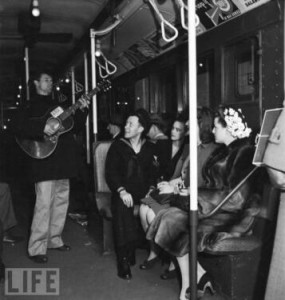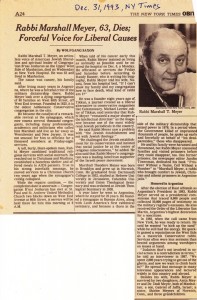 In “Censoring Myself for Success,” a strikingly candid Op-Ed published yesterday in the NY Times, Somali-Canadian poet, rapper, singer, and songwriter K’naan laments the influence of his label A&M/Octone on his latest album “Country, God and the Girl.” Coming after the worldwide fame that attached to him when his first hit song “Wavin’ Flag” became the anthem of the 2010 World Cup, K’naan writes that his early songs drew directly from his childhood experiences of a country trapped in continuous conflict, but then:
In “Censoring Myself for Success,” a strikingly candid Op-Ed published yesterday in the NY Times, Somali-Canadian poet, rapper, singer, and songwriter K’naan laments the influence of his label A&M/Octone on his latest album “Country, God and the Girl.” Coming after the worldwide fame that attached to him when his first hit song “Wavin’ Flag” became the anthem of the 2010 World Cup, K’naan writes that his early songs drew directly from his childhood experiences of a country trapped in continuous conflict, but then:
“A few days before I was to record [my third album], which was released in October, I received a phone call saying my record label wanted a little talk—before the songs were written. (I like to write in the moment.) For the first two albums, there were no such talks. But that was before my name was familiar. So let me start my story there.
In 2005 I found cheap recording space and sang about the killing ground of Somalia:
‘We begin our day by the way of the gun… you don’t pay at the roadblock you get your throat shot I walk with three kids who can’t wait to meet God lately, Bucktooth, Mohamed and Crybaby.’
In 2008, with a recording budget, I went on my own to Jamaica, to Bob Marley’s old studio, and sang of a lovely, doomed young friend:
‘Fatima Fatima, I’m in America, I make rhymes and I make ’em delicate, you woulda liked the parks in Connecticut… Damn you shooter, damn you the building, whose walls hid the blood she was spilling, damn you country so good at killing, damn you feeling, for persevering.’ …
Over breakfast in SoHo, we talked about how to keep my new American audience growing. My lyrics should change, my label’s executives said; radio programmers avoid subjects too far from fun and self-absorption.
And for the first time, I felt the affliction of success. When I walked away from the table, there were bruises on the unheard lyrics of my yet-to-be-born songs. A question had raised its hand in the quiet of my soul: What do you do after success? What must you do to keep it?
If this was censorship, I thought, it was a new kind—one I had to do to myself. The label wasn’t telling me what to do. No, it was just giving me choices and information, about my audience . . . who knew little of Somalia. How much better to sing them songs about Americans. . .
And there I was, trembling between doubt and self-awareness. I had started . . . striving to make (and please allow room for grandiosity here) my own ‘Natty Dread’ or my own ‘The Times They Are a-Changin’.’ But now, after breakfast, another voice was there, whispering how narrow the window of opportunity was. . .
So I had not made my Marley or my Dylan, or even my K’naan; I had made an album in which a few genuine songs are all but drowned out by the loud siren of ambition. Fatima had become Mary, and Mohamed, Adam.
I now suspect that packaging me as an idolized star to the pop market in America cannot work; while one can dumb down his lyrics, what one cannot do without being found out is hide his historical baggage. His sense of self. His walk.”
—
Later, I found this posted by K’naaan on his Facebook page:
“After your overwhelming response, I’m inclined to write you all a quick note. Starting with the question: WHERE DID YOU PEOPLE COME FROM?!!! What an amazing and articulate bunch you are. You should know, I’ve read every single word in every single post underneath my essay, and, I am deeply moved. Have no fear, whatever you hear coming from me next, good or bad, will only be born from the intention to express. No other voice shall ever trespass into the sovereign continent of my words. I really do, from the bottom of my heart, thank you all. For gathering around me, like you did. I feel energized. Let it be a wondrous journey, thank you for riding along.
So much love to you guys,
K’naan”
—
In K’naan’s Op-Ed, I was struck as much by his self-criticism as by his critique of the execs who suggested he change his artistic approach. I suggest you read his whole Op-Ed for yourself, and note that the NY Times web page also includes a nice spoken word by K’naan, talking about Somalia and poetry. Finally, if you haven’t heard K’naan here is a video of his performance of “Wavin’ Flag on the CBC program “Q”:
 Kurt Wallander’s world as he tries to riddle out the source of evil in Ystad, the small Swedish city that is his realm.
Kurt Wallander’s world as he tries to riddle out the source of evil in Ystad, the small Swedish city that is his realm.











